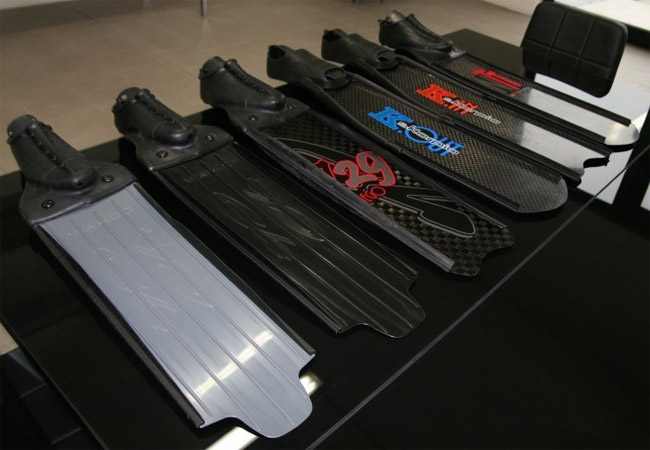
There’s a lot we could write about C4’s new line of carbon fiber fins. We could dive deep into the company’s extensive history, elucidating on the countless dollars spent during their 24 years of fin innovation (finnovation?). We could even distinguish between the traditional and anatomical foot groupings and concave and convex subgroupings of their featured flippers. Or, we could go into detail about the degrees of angles and increased lengths of each individual fin.
We could do that – really we could. But we won’t. Because not only would we be in way over our heads – reaching deeper than the Mariana trench, filled with more (hot) air than a puffer fish – but it would most likely bore the pants off of anyone who – like us – doesn’t understand the differences amongst flap profiles and foot pockets.
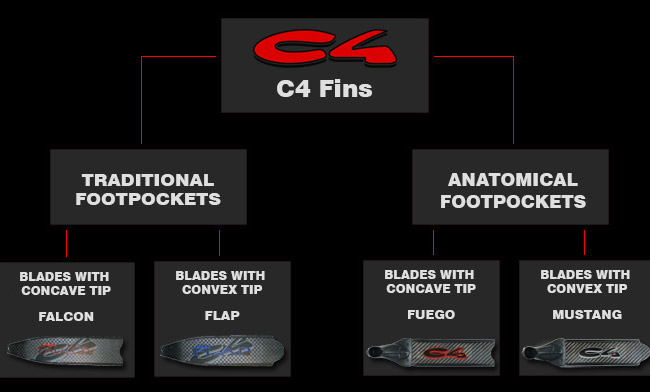
We don’t do professional diving — or even semi-professional diving, for that matter. We care about carbon fiber. So let’s get to the grit, shall we?
What makes C4’s line of 2015 fins so spectacular is the incorporation of a T700 Megaforce carbon fiber composite. Toray, the leading international manufacturer of carbon fiber and the maker of the material — as well as the reason for the T in the terminology — defines T700 as being the “highest strength, standard modulus fiber available with excellent processing characteristics for filament winding and prepreg.â€
Translation: it’s super-strong, super-elastic and ultra-versatile.
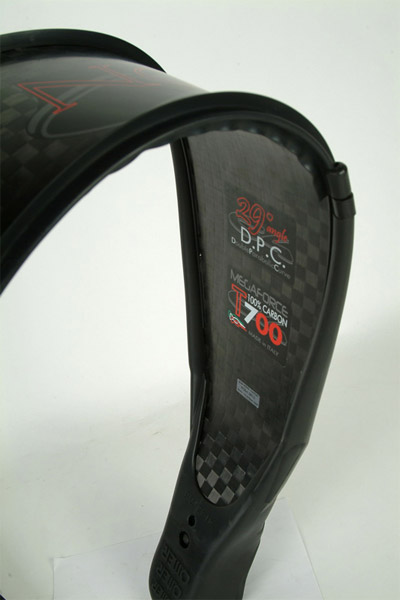
So versatile, in fact, according to Deeper Blue’s Carlo Forni – who knows a whole heckuva lot more about diving and spearfishing than we do – the wider bands of the T700 translate into fewer weaves required to build each fin. Fewer weaves means less friction and a cut down on unnecessary bending.
“These two aspects, friction and bends, generate negative effects on performance of the blade,â€
writes Fornie.
“Reducing such phenomena by the use of T700 results in 40% higher resistance and much better elastic return of the blades, generating more efficiency (more push and less fatigue) when diving.â€
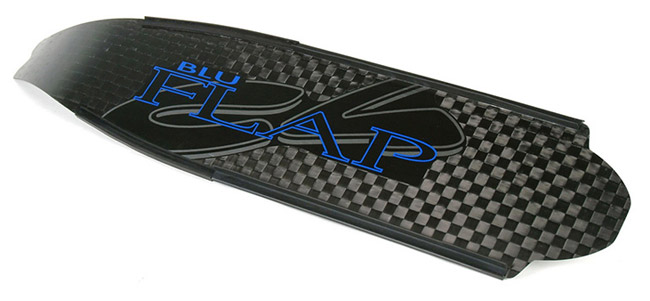
Not only that, but the use of T700 also allows for longer fins and amplified angles, which, again, according to Fornie, allow for better fluidity and straighter, easier diving.
Alternatively, if the allure of the perfect dive doesn’t do it for you, C4 also offers a series of carbon fiber-infused spear guns — for the hunters of the party. T700 is used in five of the six available models and each offers a different reasoning for each use, including solidity, performance, durability and range of motion.

The drawback, of course, for using such a multifaceted material – as we’ve seen with countless other carbon fiber-inspired products – is the price. C4’s fins hover between $500 and $600.
That’s more than we’d pay, for sure. But, again, we’re not divers.
We could be convinced though, especially with explanations like the one given by Marco Bonfanti, founder of C4, who admits that the price is higher because of the increased use of high quality carbon fiber, but not without reason.
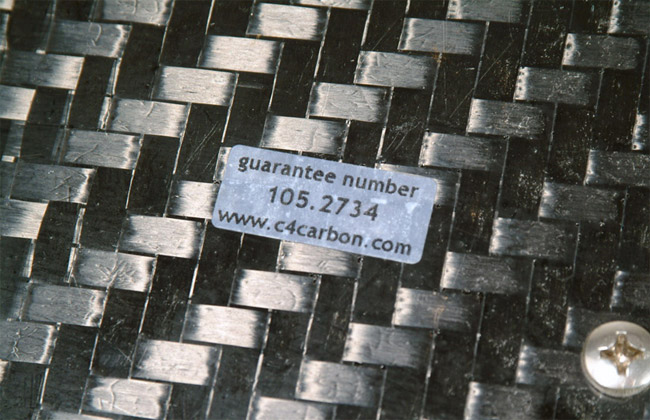
“An apples to apples comparison with our carbon fiber blade competitors results in a highly competitively priced blade,†he states. “Whether it be artisan low volume producers, direct to the public manufacturers, or highly respected historical name sake industry brands. This point is especially important when you consider some of the characteristics of our new fins aren’t available from other manufacturers.â€
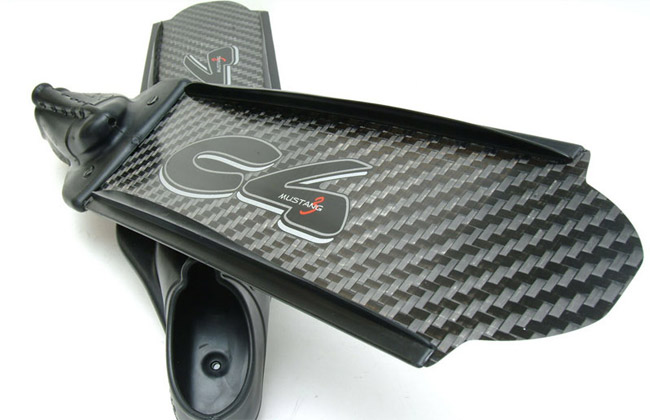
For more information on C4’s fins, you can visit their official website. Or you can read Carlo Forni’s in-depth explanation of what makes them so awesome.
[Sources: C4, C4-USA, T700 Data Sheet (pdf), Deeper Blue ]